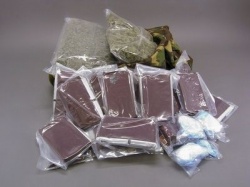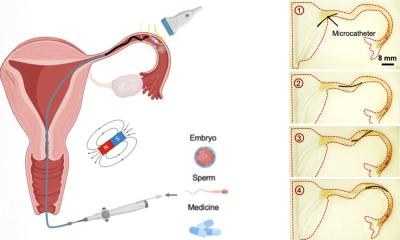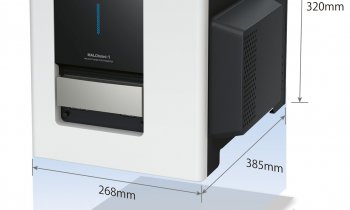Hard facts on European drug use
Surveys of drug use form an important basis for the development of effective drug policies, and also for measuring the effectiveness of existing policies. For the first time in history, scientists have now made direct comparisons of illicit drug use in 19 European cities by a cooperative analysis of raw sewage samples.

To date, questionnaire-based studies have been the most common measurement method. Such studies are performed amongst different segments of society including partygoers, drug addicts and the general population. Additional information is also acquired from police and customs seizure records, together with hospital admissions and medical data.
The Norwegian Institute for Water Research (NIVA) in Oslo and the Mario Negri Institute in Milan led this research initiative, directly collaborating with 11 European research institutes. Raw sewage samples from 19 large European cities were collected by the participants of the study during a single week in March 2011 and analyzed for the urinary biomarkers of cocaine, amphetamine, ecstasy, methamphetamine and cannabis. The total amount of the drugs used by inhabitants of each of the 19 cities was measured and then the results were adjusted for population size.
The data show distinct temporal and spatial patterns in drug use across Europe. Cocaine use was higher in Western and Central Europe and lower in Northern and Eastern Europe. High per capita ecstasy loads were measured in Dutch cities, as well as in Antwerp and London. In general, cocaine and ecstasy loads were significantly elevated during the weekend compared to weekdays. Per capita loads of methamphetamine were highest in Helsinki, Turku, Oslo and Budweis, while per capita loads of cannabis were similar throughout Europe.
Dr. Kevin Thomas, NIVA Research Manager, coordinated the collaborative research project and believes that the measurements in the sewers are an important addition to the methods that exist today.
"There will always be some uncertainty about the reliability of the results of questionnaire-based studies," he said. "Our research approach based on sewer samples of European cities however, yield very accurate and dependable results on the total amount of drugs used. Through sewer research, we can determine how big the drug market in a city is. We can also quickly measure changes in consumption over very short time, such as after a police raid or a customs seizure. Our approach is applicable anywhere. With the right financing we have the potential for the first time to better understand the hard facts about illicit drug use worldwide," Thomas adds.
Gert-Jan Geraeds, Executive Publisher Environmental Science & Ecology at Elsevier said, "The importance of solid academic foundations to develop effective drug policies cannot be underestimated. I am impressed by the truly international, collaborative spirit that led this promising new method to support these foundations. It all comes together in this study: science and policy, on a local scale with global significance."
30.07.2012










